Latest News
Latest News
SHIELD: The universal weapon of protection was a big SHIELD, shaped like that of ancient Egyptians. It had a curved top and was straight
at the bottom - apparently designed to be placed on the ground in order to cover an adult sized man when kneeling. [Note that these
shields were also used in ceremonial parades to provide shade for the King]
HELMET: Helmets were worn by senior officers (chiefs) as well as highly decorated warriors (non-commissioned officers). They were
made of padded basketwork or of hard crocodile skin.
BODY ARMOR: The universal uniform (which consisted of a top and a bottom reaching down to the knees) was made of quilted ponchos
covered with leopard skins, firm enough to to prevent the penetration of an arrow or spear.
ASSAULT WEAPONS
1. Spears with barbed heads
2. Bows and Arrows
3. Short swords (for hand-to-hand fighting). These swords were worn inside ornamented scabbards, hanging from decorated shoulder belts.
4. Wide blade sword with double-curved edges. This was carried by very senior officers (high chiefs) as a symbol of authority.
5. Guns: These were introduced by the Portuguese. They were used devastatingly during the Idah wars.
6. Cannon: These were introduced into the Edo Armed Forces sometime in the 19th century. It is said that when Ologbose and Ebohon were
organizing their guerrilla resistance againt the British after the punitive expedition, they had up to 60 European cannons.
MAIN SOURCE:
Arms and Armor in Africa, by Helmut Nickel, Atheneum 1971 New York {NB: Mr. Nickel was curator of Arms and Armor for the Metropolitcan
Museum of Art}
RETURN
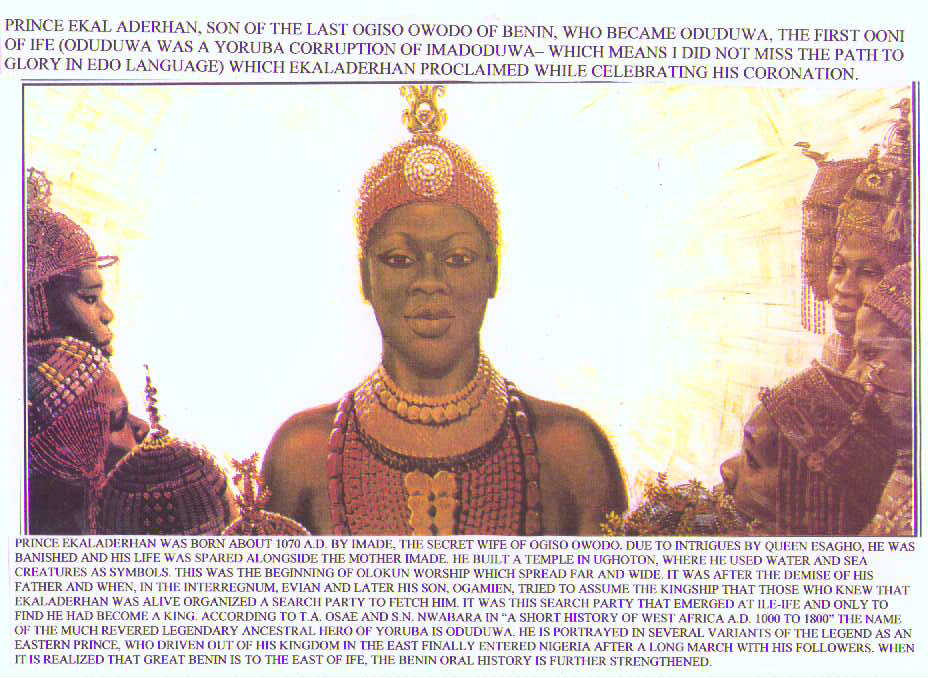
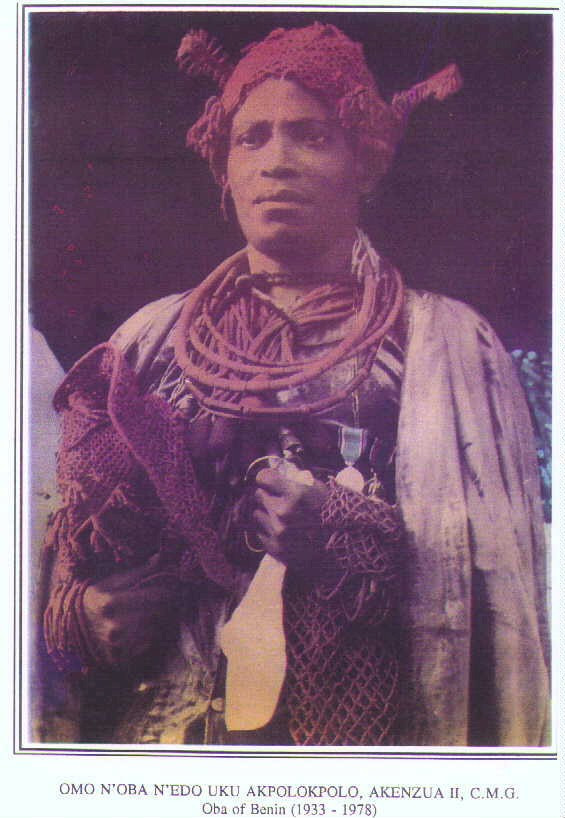
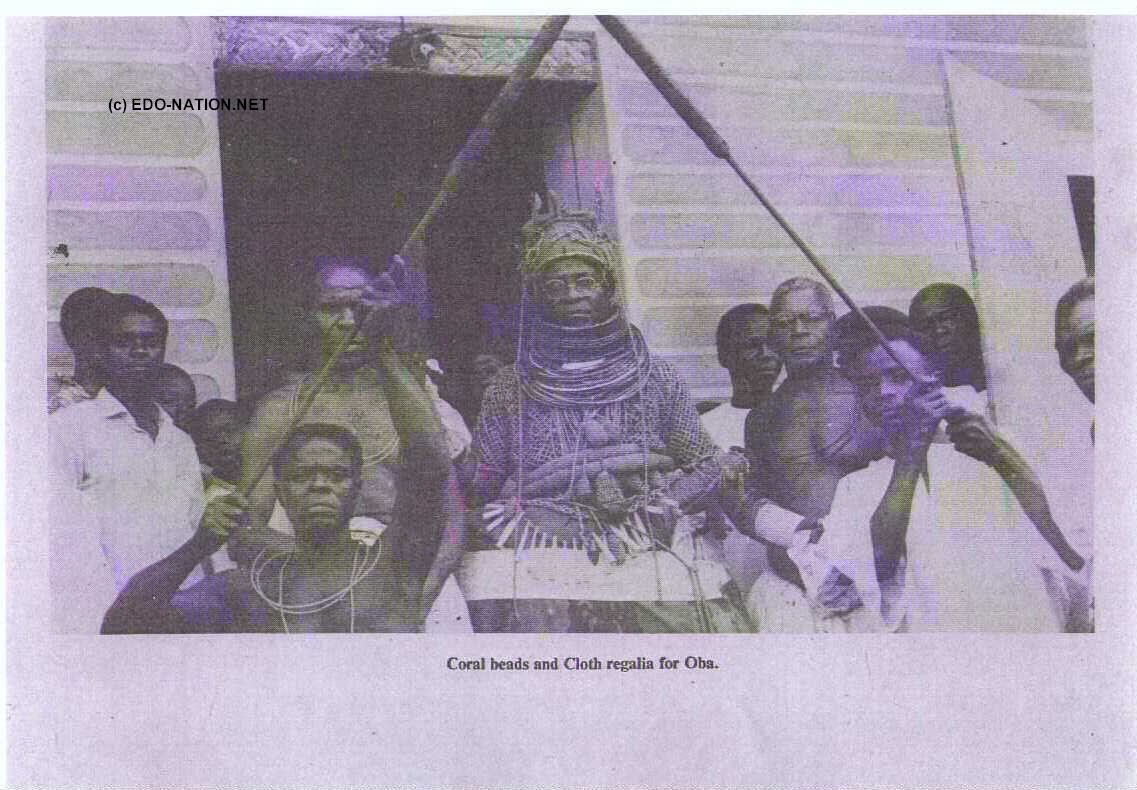
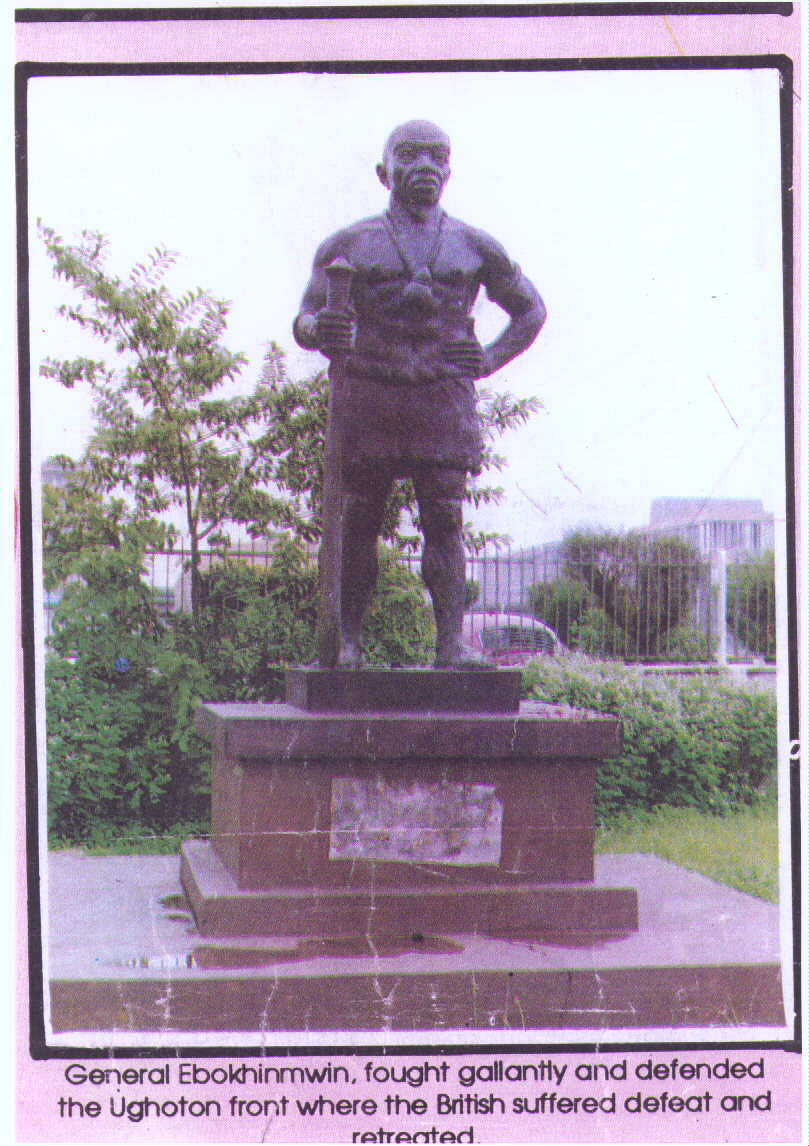
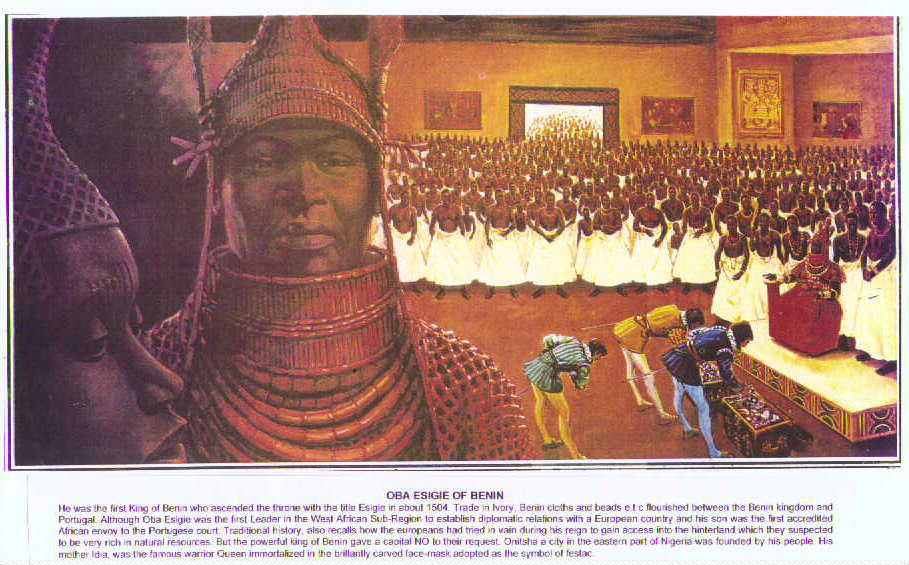
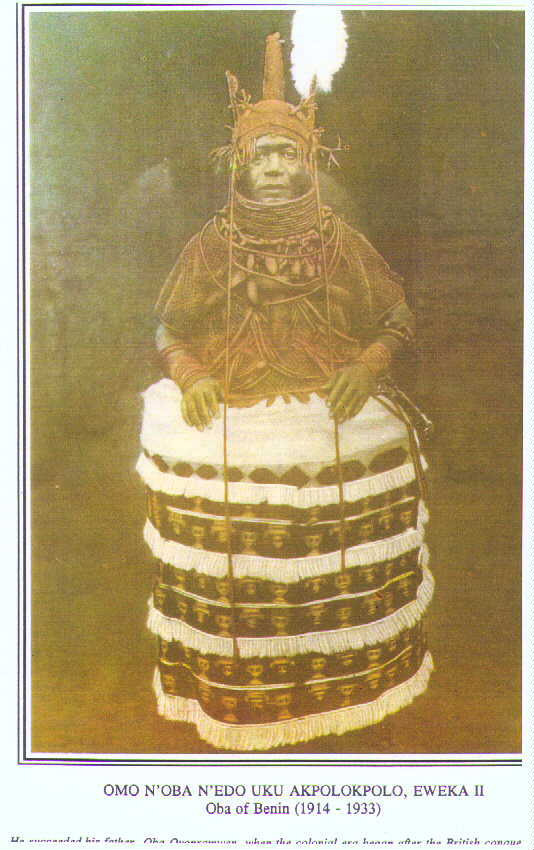
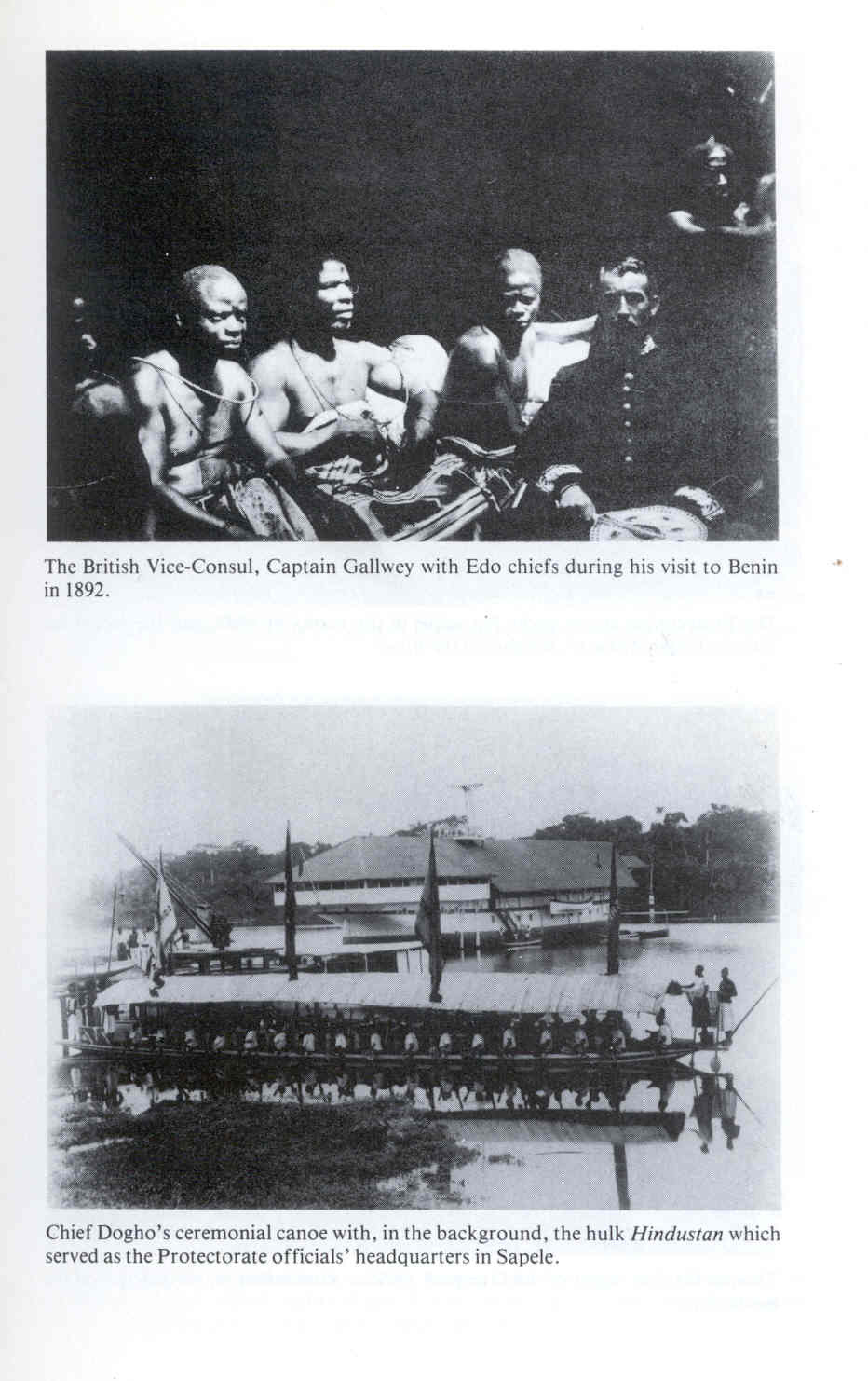
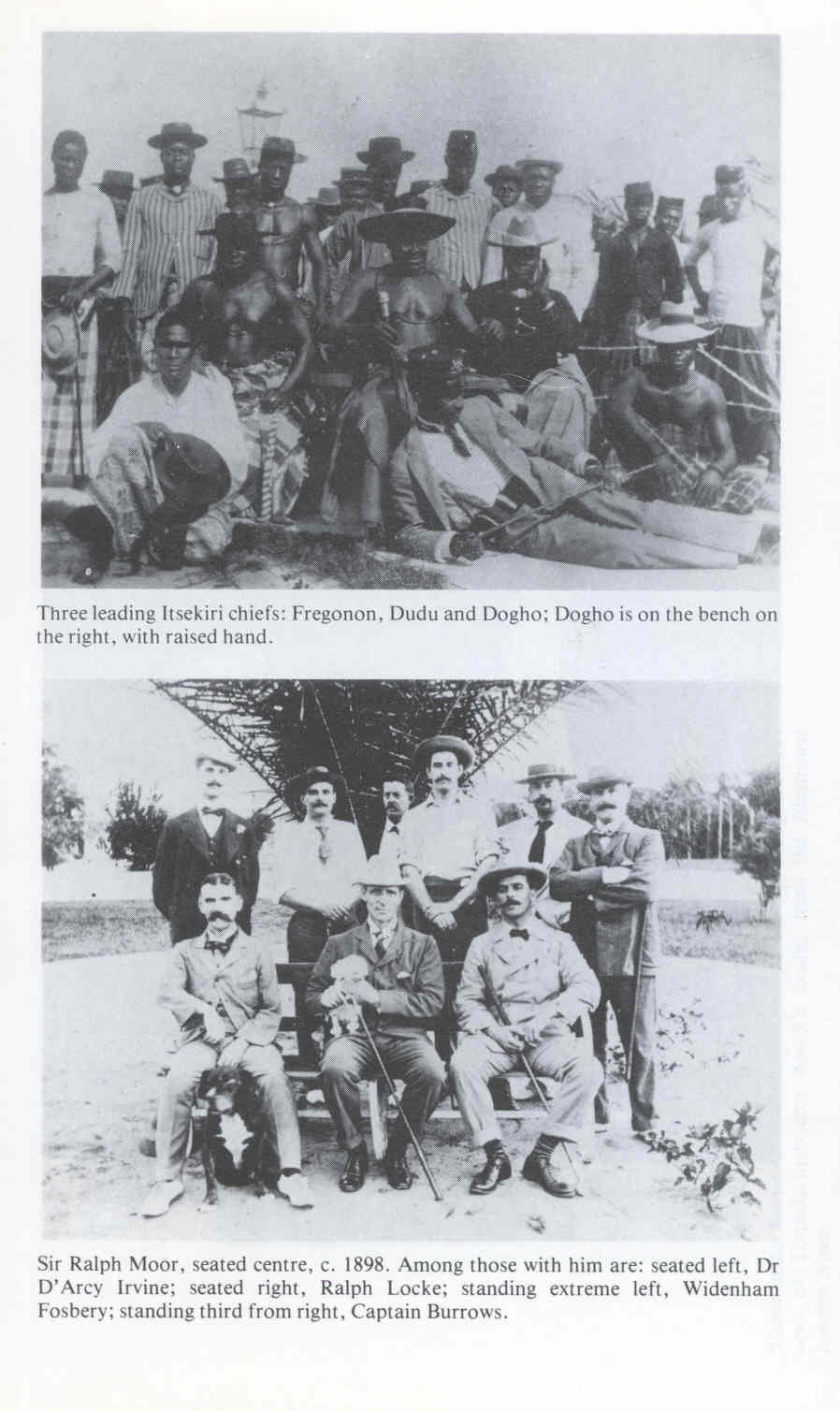
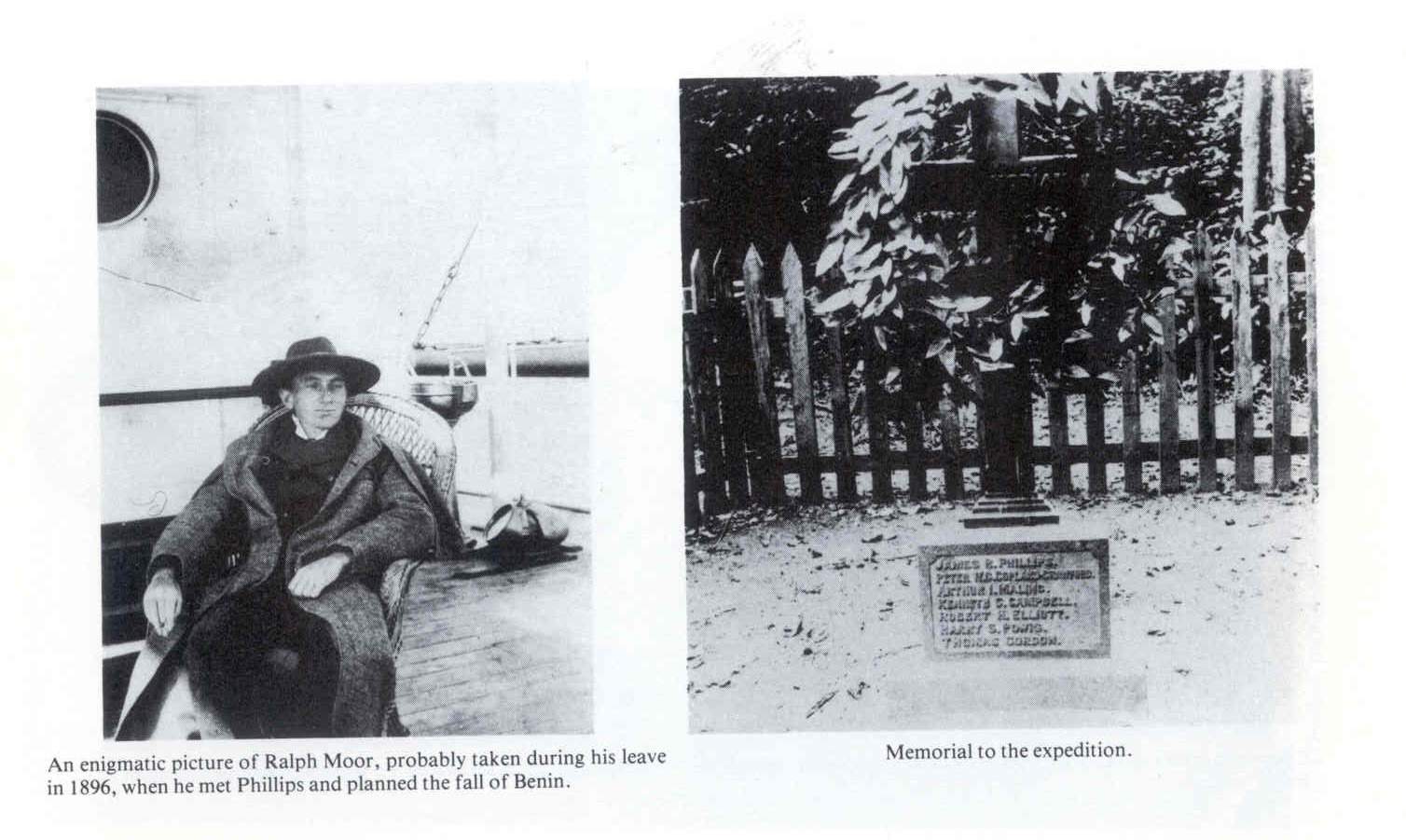

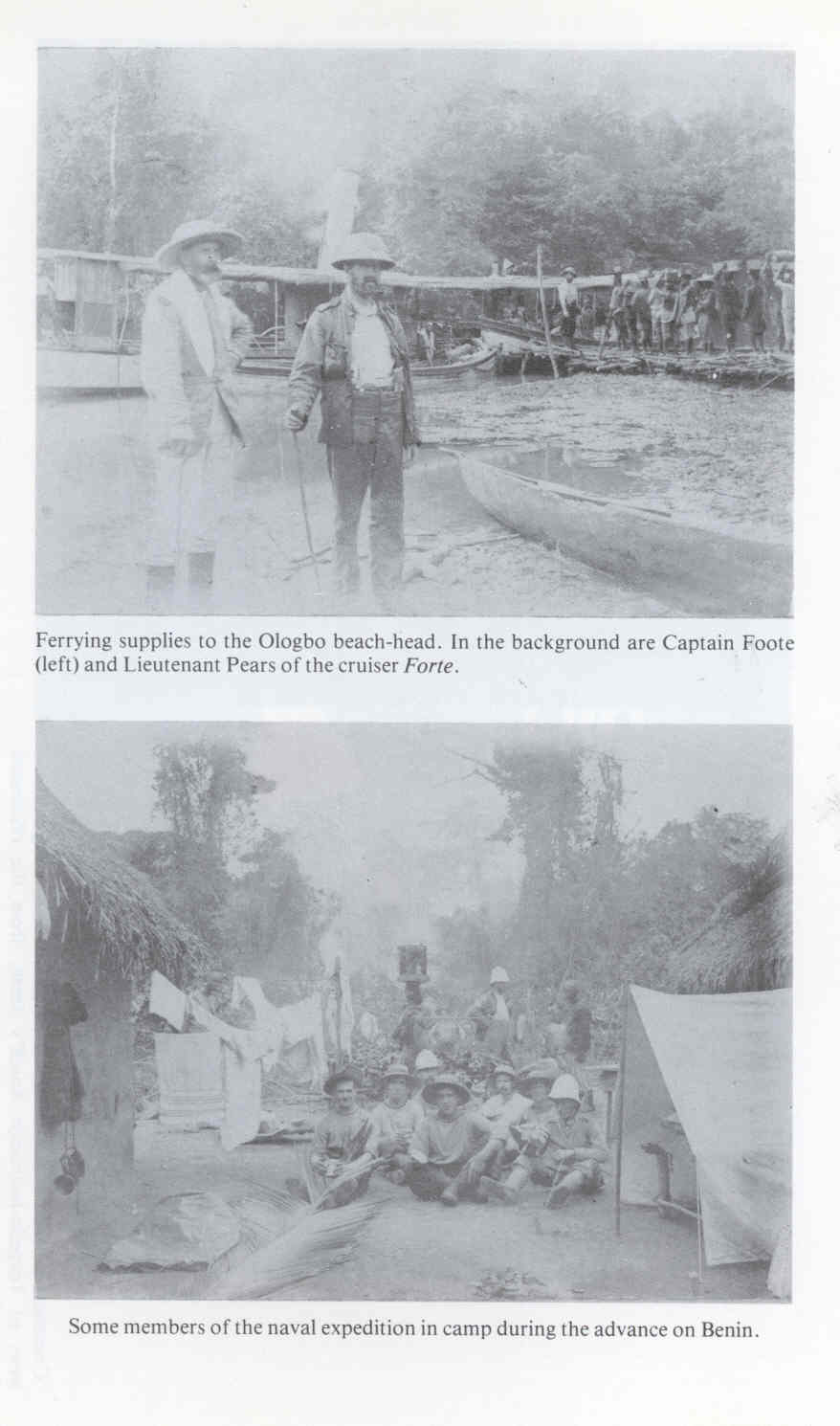
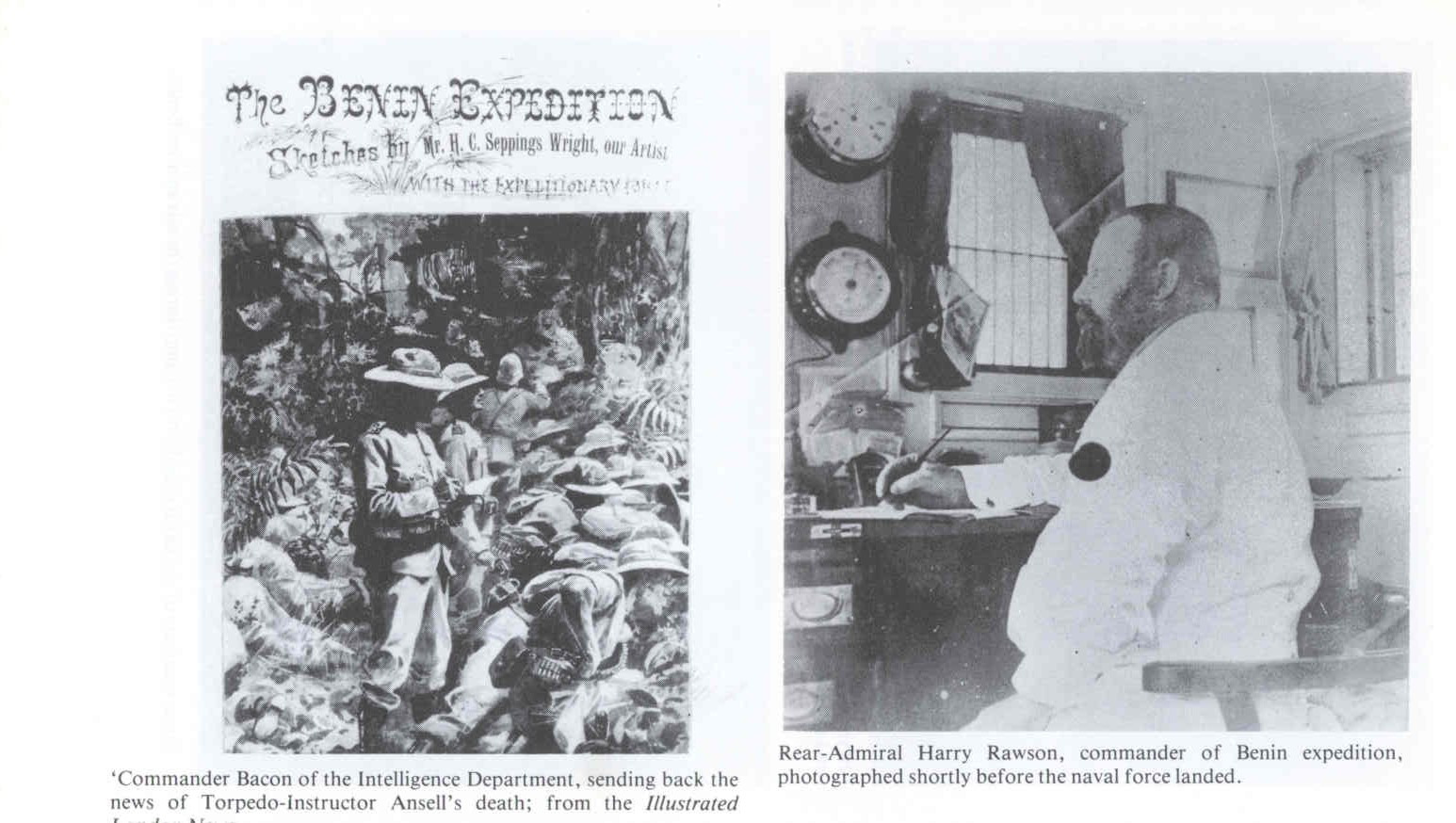

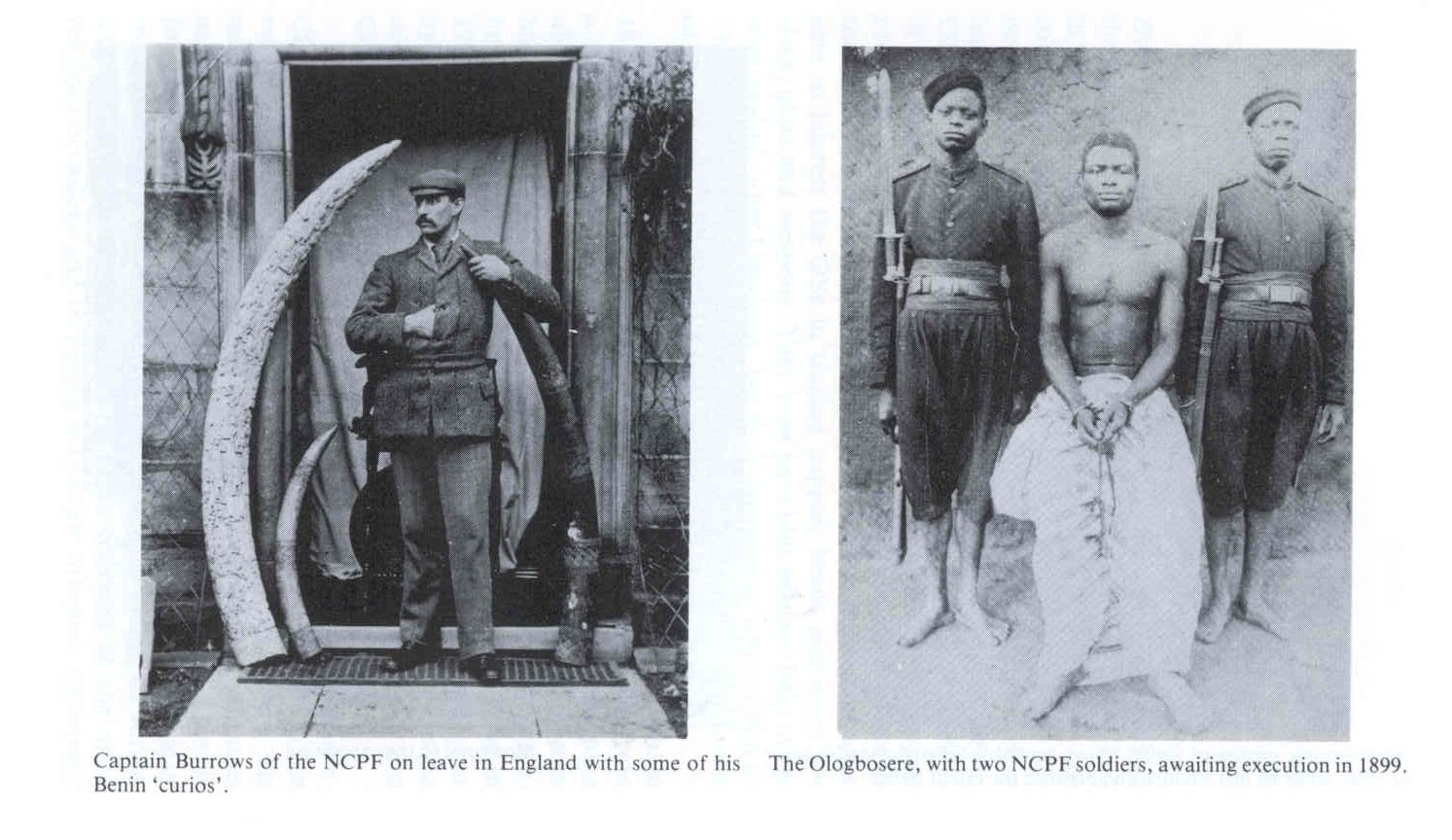
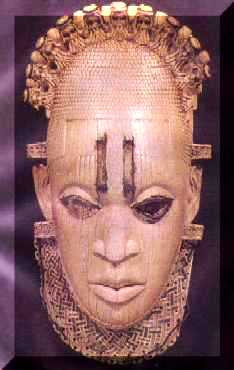
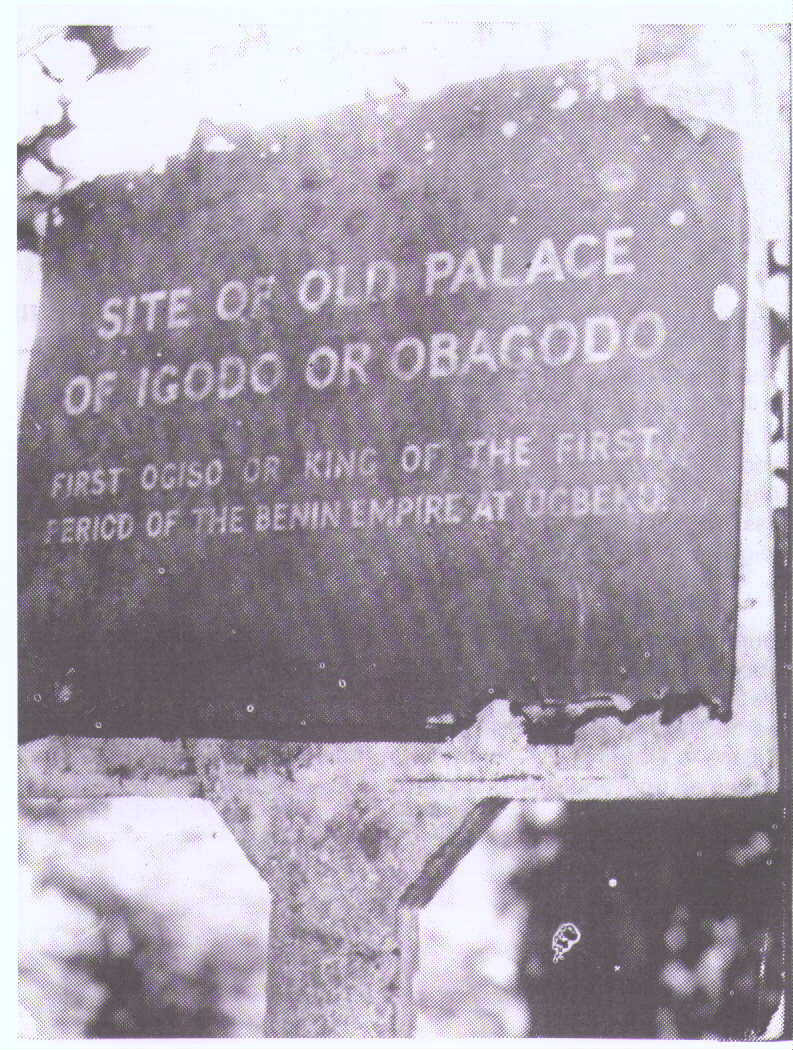
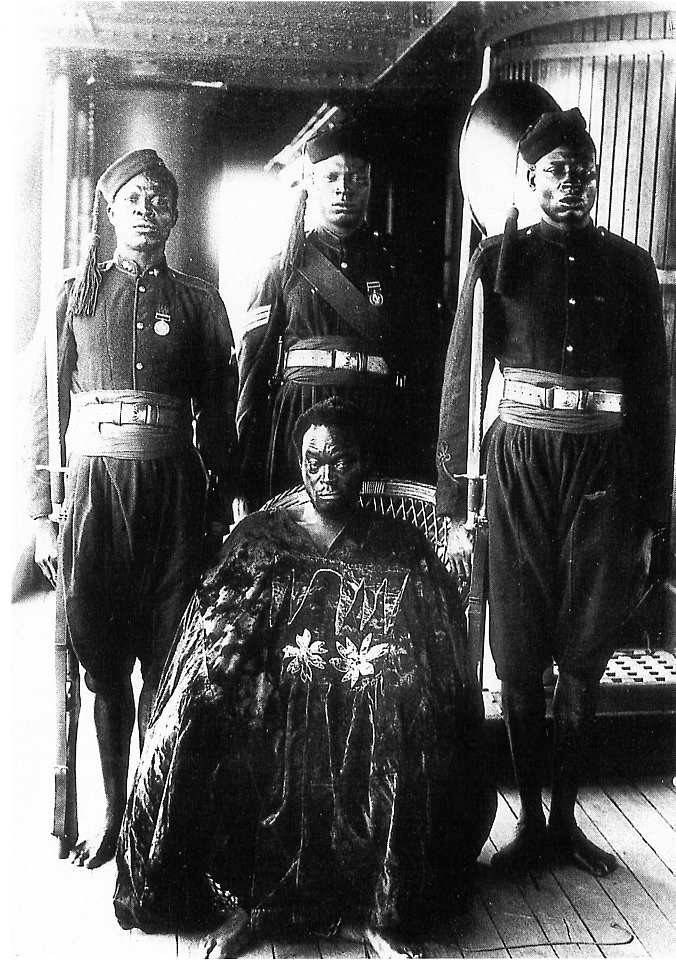
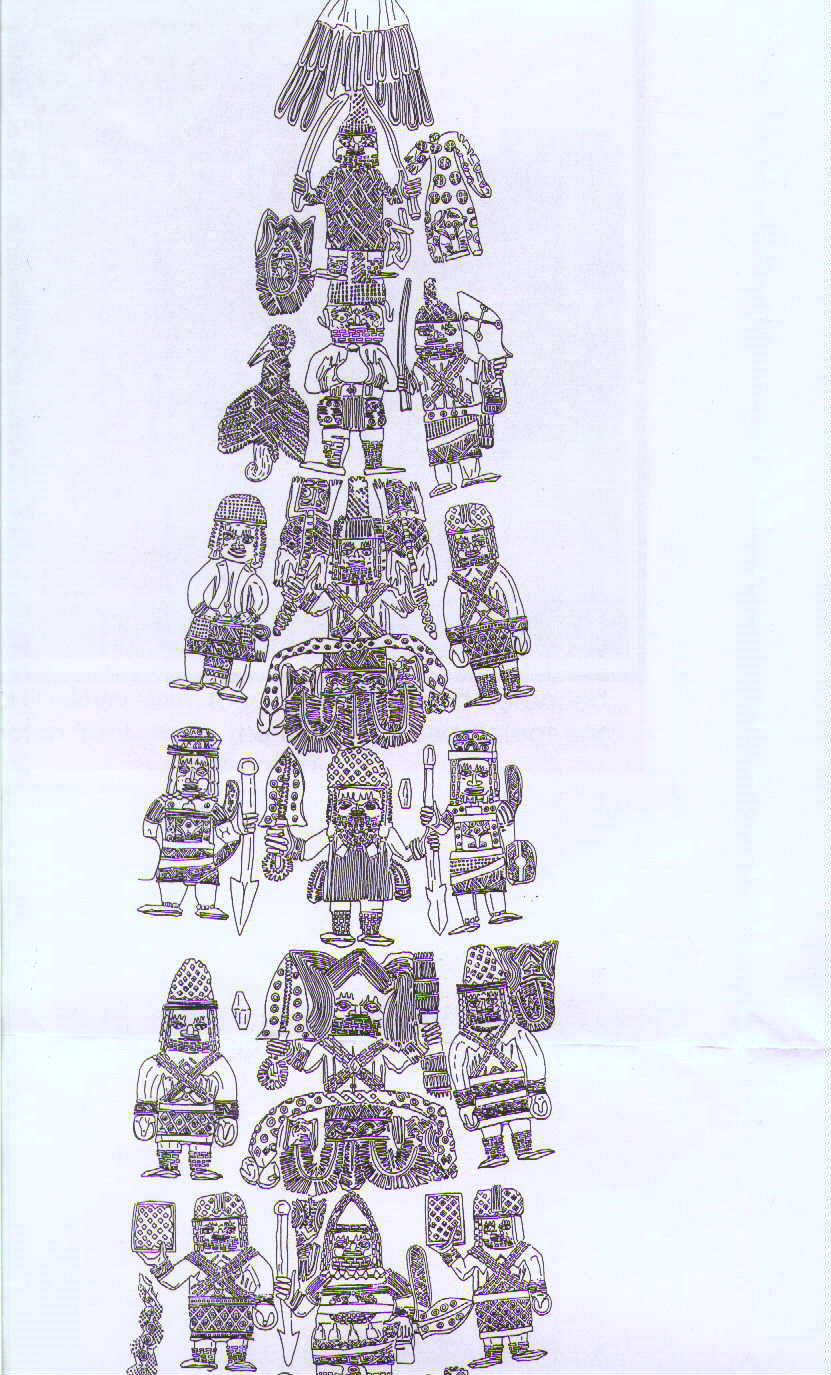
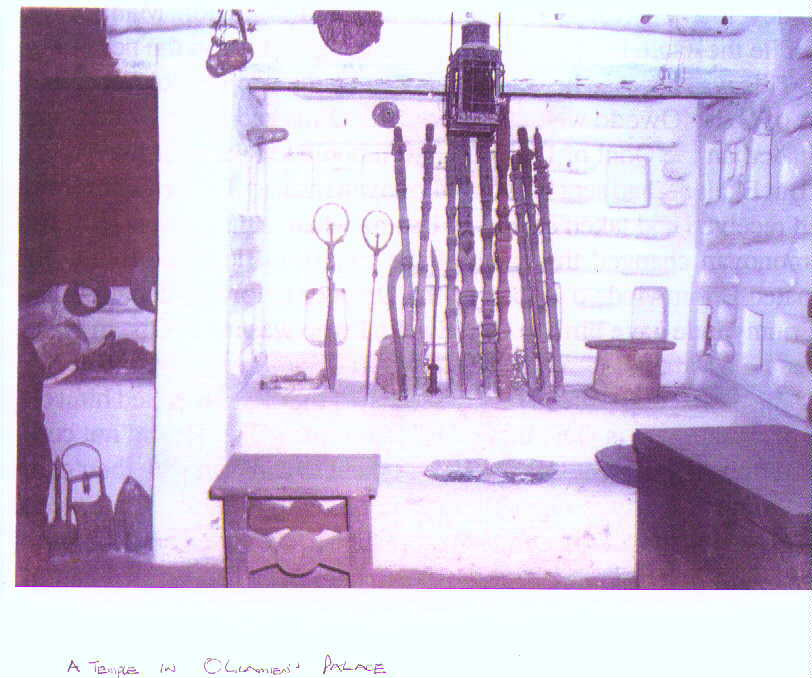
© 2025 Segun Toyin Dawodu | All rights reserved
